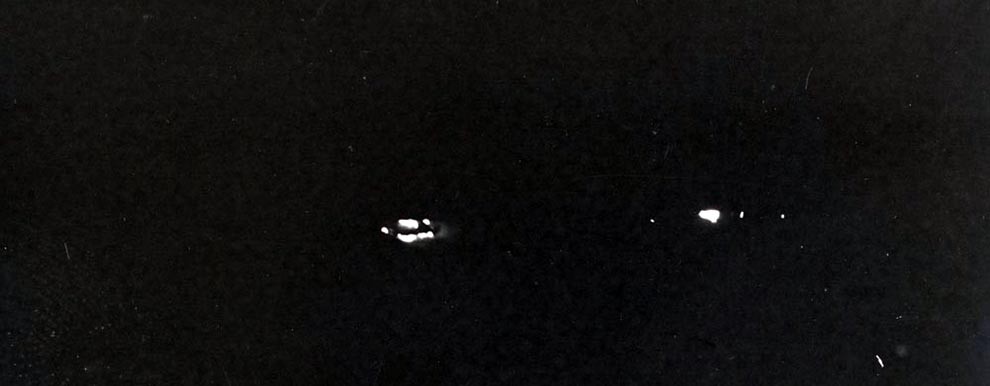
USS Liscome Bay (ACV-56, later CVE-56)
The Casablanca-class escort carrier USS Liscome Bay (CVE-56) was commissioned on August 7, 1943, at Vancouver, Washington. Originally classified as an ACV, she was reclassified to a CVE on July 15. Serving in the Pacific, she departed Pearl Harbor, Territory of Hawaii, to join the Northern Task Force, Task Force 52, in November for Operation Galvanic. Early in the morning on November 24, Japanese submarine I-175 sank Liscome Bay southeast of Makin Island, Gilbert Islands, with the loss of 55 officers and 591 enlisted crew, including Rear Admiral Henry M. Mullinix, Task Group 52.3 commander, and Cook Third Class Doris Miller, who received the Navy Cross for his actions during the Pearl Harbor Attack on December 7, 1941. Two-hundred and seventy-two of her crew were rescued. On February 4, 1944, USS Charrette (DD-581) and USS Fair (DE-35) sank I-175 during the Kwajalein Invasion.
To read the online War Damage Report on Liscome Bay at the NHHC Library, please click here.
Image: 80-G-227955: USS Liscome Bay (CVE-56) burning and sinking early in the morning of November 24, 1943 after being torpedoed by Japanese submarine I-175. Official U.S. Navy Photograph, now in the collections of the National Archives.



